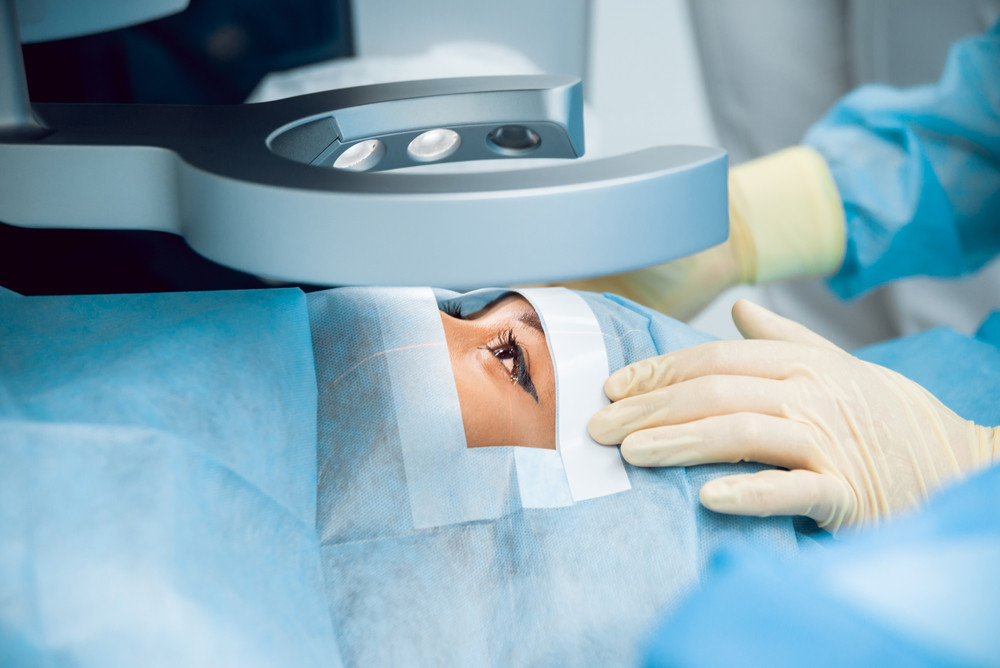Popular Reads
Top Results
Can't find what you're looking for?
View all search resultsPopular Reads
Top Results
Can't find what you're looking for?
View all search resultsSigns you might suffer from cataracts
Cataracts is the clouding of the eyes' crystalline lens and, although it is common, those with the condition are often diagnosed only after it becomes severe.
Change text size
Gift Premium Articles
to Anyone
Mostly suffered by people above 40, cataracts is one of the most common types of eye disorders in the world.
Cataracts is the clouding of the eyes' crystalline lens and, although it is common, those with the condition are often diagnosed only after it becomes severe.
Below are six signs that you might be developing cataracts, as compiled by Reader's Digest:
1. Blurry vision
Blurry vision can be caused by various things, so, according to Joseph Fishkin, a comprehensive ophthalmologist and cataract surgeon, the most important symptom to be aware of in detecting cataracts is assessing whether the condition of the eye lens has worsened over time, becoming cloudy.
His advice? Consult your doctor as often as you can to figure out the real reason behind your blurry eyesight.
2. Trouble reading small text
If getting new glasses doesn’t help with this problem, then you might have cataracts, which causes proteins in the lens of your eyes to clump together, making it difficult to discern small print.
Hence, problems with blurry reading and distance vision, said Scott MacRae, ophthalmologist and chairman of the Public Health Committee with the American Academy of Ophthalmology, could be signs of cataracts.
3. Decreased color perception
As your eyes become clouded, colors that you see will appear faded and increasingly less vibrant over time.
Michael Nordlund of the Cincinnati Eye Institute said patients would also see all things as yellowish, which is why patients who have undergone surgery perceive colors as more vibrant than before, as they are not used to such clear vision.
Read also: New study links eating colorful vegetables with a reduced risk of cataracts
4. Sensitivity to bright lights
If low lighting stings the eyes, you might have cataracts. Heightened sensitivity to all sources of light, including lamps, headlights and the Sun, is a common sign of the condition.
According to ophthalmologist James Schumer, cataracts disrupts how light travels to the back of the eye.
5. Trouble driving at night
Driving at night can be dangerous for someone suffering from cataracts as the condition makes balancing the the darkness of night with bright traffic lights difficult.
Shoshana Ungerleider, internal medicine physician at Sutter Health’s California Pacific Medical Center, said reading road signs also proved troublesome for patients.
6. Double vision
Known as diplopia, double vision is another important symptom of cataracts.
As the size of the cataract grows, said Dean Hart, optometrist and professor at Columbia University’s School of Medicine, the cloudy lens is worsened, disrupting the way light passes through. If only one eye suffers from it, double vision can occur. (kes)











